No products in the cart.
Top Sustainable Packaging Trends to Watch in 2025
-
By: Caroline Ray
-
January 24, 2025
Thinking all packaging is eco-friendly might be today’s illusion. Yet, stricter regulations are reshaping industry trends. With the advent of the 2025 sustainable packaging revolution, new eco-friendly materials lead the charge, positioning themselves as game-changers for eCommerce brands. From plant-based films to innovative biodegradable plastics, these materials don’t only promise a sustainable future—they’re becoming a necessity in response to global regulations. As industries adapt, business owners must stay ahead and embrace these emerging trends. This article delves into these shifts, offering insights for those seeking to elevate their brand while protecting the planet.
 Reusable packaging is becoming a pivotal element in the transition to a circular economy, offering innovative solutions like collapsible containers and reusable delivery bags. These models not only reduce waste but also enhance cost efficiency by minimizing the need for single-use materials.
How is reusable packaging integrated into the circular economy? Reusable packaging is designed to be used multiple times, reducing the overall consumption of packaging materials and aligning with circular economy principles by encouraging material reuse and waste minimization.
Collapsible containers, for instance, are revolutionizing logistics by providing compact storage solutions that lower shipping costs and resource use. Similarly, reusable delivery bags are gaining traction in e-commerce, offering a sustainable alternative to traditional packaging by being returned and reused.
The benefits of adopting reusable packaging models extend beyond environmental impact. Cost savings emerge from reduced material usage and waste management expenses. Additionally, these practices can enhance brand image by showcasing a commitment to sustainability.
Reusable packaging is becoming a pivotal element in the transition to a circular economy, offering innovative solutions like collapsible containers and reusable delivery bags. These models not only reduce waste but also enhance cost efficiency by minimizing the need for single-use materials.
How is reusable packaging integrated into the circular economy? Reusable packaging is designed to be used multiple times, reducing the overall consumption of packaging materials and aligning with circular economy principles by encouraging material reuse and waste minimization.
Collapsible containers, for instance, are revolutionizing logistics by providing compact storage solutions that lower shipping costs and resource use. Similarly, reusable delivery bags are gaining traction in e-commerce, offering a sustainable alternative to traditional packaging by being returned and reused.
The benefits of adopting reusable packaging models extend beyond environmental impact. Cost savings emerge from reduced material usage and waste management expenses. Additionally, these practices can enhance brand image by showcasing a commitment to sustainability.
As these trends gain momentum, companies are increasingly adopting reusable packaging models to meet consumer demand for eco-friendly options and to align with stricter environmental regulations.
 How are advanced recycling techniques shaping packaging practices in 2025? They are fundamentally transforming the landscape by enhancing the recyclability of materials and supporting a circular economy. This shift is driven by the growing necessity to reduce waste and increase the use of recyclable options like kraft paper, corrugated cardboard, and recyclable plastics, known for their cost-effectiveness and widespread availability.
The importance of using recyclable materials cannot be overstated. As environmental concerns heighten, brands are under pressure to adopt packaging solutions that minimize ecological impact. Recyclable materials not only reduce the need for virgin resources but also contribute to waste reduction strategies by extending the life cycle of packaging products.
Here are four advanced recycling methods currently being implemented:
How are advanced recycling techniques shaping packaging practices in 2025? They are fundamentally transforming the landscape by enhancing the recyclability of materials and supporting a circular economy. This shift is driven by the growing necessity to reduce waste and increase the use of recyclable options like kraft paper, corrugated cardboard, and recyclable plastics, known for their cost-effectiveness and widespread availability.
The importance of using recyclable materials cannot be overstated. As environmental concerns heighten, brands are under pressure to adopt packaging solutions that minimize ecological impact. Recyclable materials not only reduce the need for virgin resources but also contribute to waste reduction strategies by extending the life cycle of packaging products.
Here are four advanced recycling methods currently being implemented:
 How are regulatory and policy changes impacting sustainable packaging in 2025? The influence is substantial, as government initiatives like the European Union’s ban on single-use plastics and Extended Producer Responsibility (EPR) programs are reshaping packaging practices. These regulations compel companies to innovate in packaging design by eliminating non-recyclable materials and focusing on sustainable alternatives, such as biodegradable and recyclable materials.
What are the implications of the EU ban on single-use plastics? It requires brands to redesign packaging to exclude items like plastic straws and cutlery, pushing industries to develop eco-friendly solutions. This legislative push not only reduces plastic waste but also encourages the exploration of materials that are reusable, compostable, or easily recyclable.
How do these policies promote sustainable material adoption? By enforcing bans and responsibilities, such policies drive businesses to integrate green materials into their operations, aligning with global environmental goals. Companies are incentivized to invest in sustainable technologies, reducing their carbon footprint and enhancing brand image in the process.
Aigo Print Shop exemplifies compliance with such regulations, adhering to international packaging standards. Their commitment to sustainable practices ensures that their packaging solutions meet regulatory demands while maintaining high-quality and eco-friendly standards.
How are regulatory and policy changes impacting sustainable packaging in 2025? The influence is substantial, as government initiatives like the European Union’s ban on single-use plastics and Extended Producer Responsibility (EPR) programs are reshaping packaging practices. These regulations compel companies to innovate in packaging design by eliminating non-recyclable materials and focusing on sustainable alternatives, such as biodegradable and recyclable materials.
What are the implications of the EU ban on single-use plastics? It requires brands to redesign packaging to exclude items like plastic straws and cutlery, pushing industries to develop eco-friendly solutions. This legislative push not only reduces plastic waste but also encourages the exploration of materials that are reusable, compostable, or easily recyclable.
How do these policies promote sustainable material adoption? By enforcing bans and responsibilities, such policies drive businesses to integrate green materials into their operations, aligning with global environmental goals. Companies are incentivized to invest in sustainable technologies, reducing their carbon footprint and enhancing brand image in the process.
Aigo Print Shop exemplifies compliance with such regulations, adhering to international packaging standards. Their commitment to sustainable practices ensures that their packaging solutions meet regulatory demands while maintaining high-quality and eco-friendly standards.
Innovations in Eco-Friendly Materials for Packaging in 2025
Eco-friendly materials in packaging are gaining traction in 2025, driven by increasing environmental awareness and regulatory pressures. Biodegradable and compostable materials are critical in this shift due to stricter regulations on single-use plastics worldwide. The demand for innovative biodegradable solutions is rising, with industries rapidly adopting sustainable packaging materials to reduce environmental impact. Biodegradable and compostable options are essential as they break down naturally, minimizing waste and pollution. This aligns with global regulations, such as bans on single-use plastics, which compel companies to seek sustainable alternatives. By choosing materials that decompose efficiently, brands can meet these legal requirements while demonstrating their commitment to environmental stewardship. Here are five popular eco-friendly materials being adopted by industries:- Cornstarch-based plastics: Derived from corn, these plastics are biodegradable and offer a viable alternative to traditional petroleum-based plastics.
- Compostable paper: Made from renewable sources, this paper decomposes quickly, making it ideal for environmentally conscious packaging.
- Plant-based films: These films are created from renewable plant materials and provide a sustainable solution for flexible packaging needs.
- Bamboo fiber: Known for its rapid growth and renewability, bamboo is used to produce sturdy, eco-friendly packaging.
- Recycled cardboard: Utilizing recycled materials reduces the need for virgin resources, supporting the circular economy.
Reusable and Circular Packaging Trends to Look for in 2025
 Reusable packaging is becoming a pivotal element in the transition to a circular economy, offering innovative solutions like collapsible containers and reusable delivery bags. These models not only reduce waste but also enhance cost efficiency by minimizing the need for single-use materials.
How is reusable packaging integrated into the circular economy? Reusable packaging is designed to be used multiple times, reducing the overall consumption of packaging materials and aligning with circular economy principles by encouraging material reuse and waste minimization.
Collapsible containers, for instance, are revolutionizing logistics by providing compact storage solutions that lower shipping costs and resource use. Similarly, reusable delivery bags are gaining traction in e-commerce, offering a sustainable alternative to traditional packaging by being returned and reused.
The benefits of adopting reusable packaging models extend beyond environmental impact. Cost savings emerge from reduced material usage and waste management expenses. Additionally, these practices can enhance brand image by showcasing a commitment to sustainability.
Reusable packaging is becoming a pivotal element in the transition to a circular economy, offering innovative solutions like collapsible containers and reusable delivery bags. These models not only reduce waste but also enhance cost efficiency by minimizing the need for single-use materials.
How is reusable packaging integrated into the circular economy? Reusable packaging is designed to be used multiple times, reducing the overall consumption of packaging materials and aligning with circular economy principles by encouraging material reuse and waste minimization.
Collapsible containers, for instance, are revolutionizing logistics by providing compact storage solutions that lower shipping costs and resource use. Similarly, reusable delivery bags are gaining traction in e-commerce, offering a sustainable alternative to traditional packaging by being returned and reused.
The benefits of adopting reusable packaging models extend beyond environmental impact. Cost savings emerge from reduced material usage and waste management expenses. Additionally, these practices can enhance brand image by showcasing a commitment to sustainability.
| Packaging Type | Benefits |
|---|---|
| Collapsible Containers | Space and cost-efficient, minimizing transportation emissions and resource use |
| Reusable Delivery Bags | Reduces single-use waste, promotes return and reuse systems |
| Refillable Jars and Bottles | Encourages product repurchasing without additional packaging waste |
Minimalist Packaging Design: The Aesthetic and Environmental Benefits
Minimalist packaging design in 2025 plays a crucial role in enhancing sustainability through reduced material usage and simplified aesthetics. What makes minimalist packaging particularly appealing to eco-conscious consumers? It essentially combines environmental responsibility with visual simplicity, offering a double benefit that aligns with sustainability goals. By focusing on fewer materials and straightforward designs, minimalist packaging reduces waste and resource consumption. This approach not only minimizes environmental impact but also aligns with the increasing consumer demand for eco-friendly products. For instance, brands like Apple have embraced minimalist packaging, using less ink and fewer components, which lowers production costs and lessens environmental strain. Why are brands shifting towards minimalist designs? The primary reasons include the growing consumer preference for authenticity and sustainability, which minimalist packaging embodies through its clean lines and understated appeal. This design methodology speaks to a consumer base that values reduced clutter and environmental mindfulness. Incorporating minimalist packaging allows brands to present a sophisticated image while maintaining eco-friendly credentials. The aesthetic appeal to eco-conscious consumers lies in the simplicity and elegance of the design, which reflects a brand’s commitment to sustainable practices without compromising on style. As such, minimalist packaging design remains a powerful trend in the sustainable packaging landscape of 2025.Advanced Recycling Techniques and Their Impact on Packaging in 2025
 How are advanced recycling techniques shaping packaging practices in 2025? They are fundamentally transforming the landscape by enhancing the recyclability of materials and supporting a circular economy. This shift is driven by the growing necessity to reduce waste and increase the use of recyclable options like kraft paper, corrugated cardboard, and recyclable plastics, known for their cost-effectiveness and widespread availability.
The importance of using recyclable materials cannot be overstated. As environmental concerns heighten, brands are under pressure to adopt packaging solutions that minimize ecological impact. Recyclable materials not only reduce the need for virgin resources but also contribute to waste reduction strategies by extending the life cycle of packaging products.
Here are four advanced recycling methods currently being implemented:
How are advanced recycling techniques shaping packaging practices in 2025? They are fundamentally transforming the landscape by enhancing the recyclability of materials and supporting a circular economy. This shift is driven by the growing necessity to reduce waste and increase the use of recyclable options like kraft paper, corrugated cardboard, and recyclable plastics, known for their cost-effectiveness and widespread availability.
The importance of using recyclable materials cannot be overstated. As environmental concerns heighten, brands are under pressure to adopt packaging solutions that minimize ecological impact. Recyclable materials not only reduce the need for virgin resources but also contribute to waste reduction strategies by extending the life cycle of packaging products.
Here are four advanced recycling methods currently being implemented:
- Chemical Recycling: Breaks down plastics into their original monomers, allowing for the creation of new, high-quality plastics.
- Pyrolysis: Converts waste plastics into synthetic oil, which can be refined into fuels or new plastic products.
- Mechanical Recycling: Involves the physical processing of waste materials into reusable forms, particularly effective for metals and plastics.
- Biological Recycling: Utilizes microorganisms to break down organic waste, converting it into compost or biogas. These technologies offer significant benefits, helping to close the loop in resource use and enabling a sustainable packaging cycle. By integrating these advanced methods, brands can reduce their carbon footprint and align with global sustainability goals. Aigo Print Shop is at the forefront of incorporating recyclable materials into their packaging solutions, demonstrating a commitment to sustainability without compromising quality. Their use of advanced recycling techniques ensures that packaging is not only eco-friendly but also meets the functional and aesthetic requirements of modern brands.
The Role of Smart and Interactive Packaging in 2025
What is the role of smart packaging in 2025? Smart packaging is revolutionizing consumer engagement by integrating technologies such as QR codes, NFC tags, and augmented reality. These features not only provide vital product information but also enhance transparency, allowing consumers to make informed purchasing decisions. QR codes and NFC tags are becoming common elements in packaging, offering instant access to detailed product data, user manuals, or promotional content. By scanning a QR code or tapping an NFC tag with a smartphone, consumers can unlock a wealth of information, fostering a deeper connection with the brand and promoting trust through transparency. How does smart packaging impact the market? The potential growth of smart packaging is significant, with the market for smart labels projected to reach $35 billion by 2030. This growth reflects the increasing demand for interactive experiences that bridge the gap between physical products and digital information, reshaping how consumers interact with goods. Aigo Print Shop is well-equipped to support these innovations, offering advanced smart packaging solutions that cater to brands seeking to enhance consumer engagement and transparency. Their expertise ensures that packaging not only meets functional needs but also integrates seamlessly with the latest technological advancements, driving forward the packaging innovation trends of 2025.Regulatory and Policy Changes Influencing Sustainable Packaging in 2025
 How are regulatory and policy changes impacting sustainable packaging in 2025? The influence is substantial, as government initiatives like the European Union’s ban on single-use plastics and Extended Producer Responsibility (EPR) programs are reshaping packaging practices. These regulations compel companies to innovate in packaging design by eliminating non-recyclable materials and focusing on sustainable alternatives, such as biodegradable and recyclable materials.
What are the implications of the EU ban on single-use plastics? It requires brands to redesign packaging to exclude items like plastic straws and cutlery, pushing industries to develop eco-friendly solutions. This legislative push not only reduces plastic waste but also encourages the exploration of materials that are reusable, compostable, or easily recyclable.
How do these policies promote sustainable material adoption? By enforcing bans and responsibilities, such policies drive businesses to integrate green materials into their operations, aligning with global environmental goals. Companies are incentivized to invest in sustainable technologies, reducing their carbon footprint and enhancing brand image in the process.
Aigo Print Shop exemplifies compliance with such regulations, adhering to international packaging standards. Their commitment to sustainable practices ensures that their packaging solutions meet regulatory demands while maintaining high-quality and eco-friendly standards.
How are regulatory and policy changes impacting sustainable packaging in 2025? The influence is substantial, as government initiatives like the European Union’s ban on single-use plastics and Extended Producer Responsibility (EPR) programs are reshaping packaging practices. These regulations compel companies to innovate in packaging design by eliminating non-recyclable materials and focusing on sustainable alternatives, such as biodegradable and recyclable materials.
What are the implications of the EU ban on single-use plastics? It requires brands to redesign packaging to exclude items like plastic straws and cutlery, pushing industries to develop eco-friendly solutions. This legislative push not only reduces plastic waste but also encourages the exploration of materials that are reusable, compostable, or easily recyclable.
How do these policies promote sustainable material adoption? By enforcing bans and responsibilities, such policies drive businesses to integrate green materials into their operations, aligning with global environmental goals. Companies are incentivized to invest in sustainable technologies, reducing their carbon footprint and enhancing brand image in the process.
Aigo Print Shop exemplifies compliance with such regulations, adhering to international packaging standards. Their commitment to sustainable practices ensures that their packaging solutions meet regulatory demands while maintaining high-quality and eco-friendly standards.
Final Words
As we move into 2025, sustainable packaging trends like eco-friendly materials, reusable solutions, and minimalist designs are reshaping industry standards. Innovations in biodegradable materials align with stricter regulations, while reusable and circular packaging models contribute to a circular economy. Minimalist designs offer both aesthetic appeal and material efficiency. Advanced recycling techniques enhance waste reduction strategies, and smart packaging technologies promote consumer engagement. Regulatory policies further catalyze these shifts. Incorporating these top sustainable packaging trends to watch in 2025 will empower brands to meet environmental goals, enhance consumer experiences, and remain competitive.FAQ
What are the future trends in packaging?
Packaging trends in 2025 emphasize eco-friendly materials, reusable models, minimalist designs, and smart packaging solutions. Innovations like biodegradable options and interactive features cater to sustainability and consumer engagement demands.What is the future of sustainable packaging?
Sustainable packaging will focus on utilizing compostable and recyclable materials, incorporating advanced recycling techniques, and adhering to stricter regulations, such as EU bans on single-use plastics. Aigo Print Shop provides compliant sustainable solutions.What are the latest trends in eco-friendly packaging?
Eco-friendly packaging trends include the use of biodegradable materials such as cornstarch-based plastics and plant-based films. These options align with global initiatives to reduce plastic waste and promote compostability.What are the 5 R’s of sustainable packaging?
The 5 R’s of sustainable packaging are Refuse, Reduce, Reuse, Recycle, and Rot. These principles guide the development of packaging solutions that minimize environmental impact and promote resource efficiency.
Caroline Ray
Hello, I’m Caroline Ray, a custom packaging consultant and designer. With a professional journey spanning over eight years, I’ve evolved from a budding designer to a recognized expert in the field. Currently holding the position of Packaging Consultant, I’ve honed my skills in creating not just visually stunning packaging but also solutions that align with strategic business goals for custom pacakging.
Tag
Categories
List Posts
February 26, 2025
Smart Packaging for Smart Devices: Design Innovations
February 26, 2025
Functional Packaging: Protecting and Showcasing Tech Accessories
February 18, 2025
Unboxing Joy: Creative Packaging Ideas That Delight
February 17, 2025

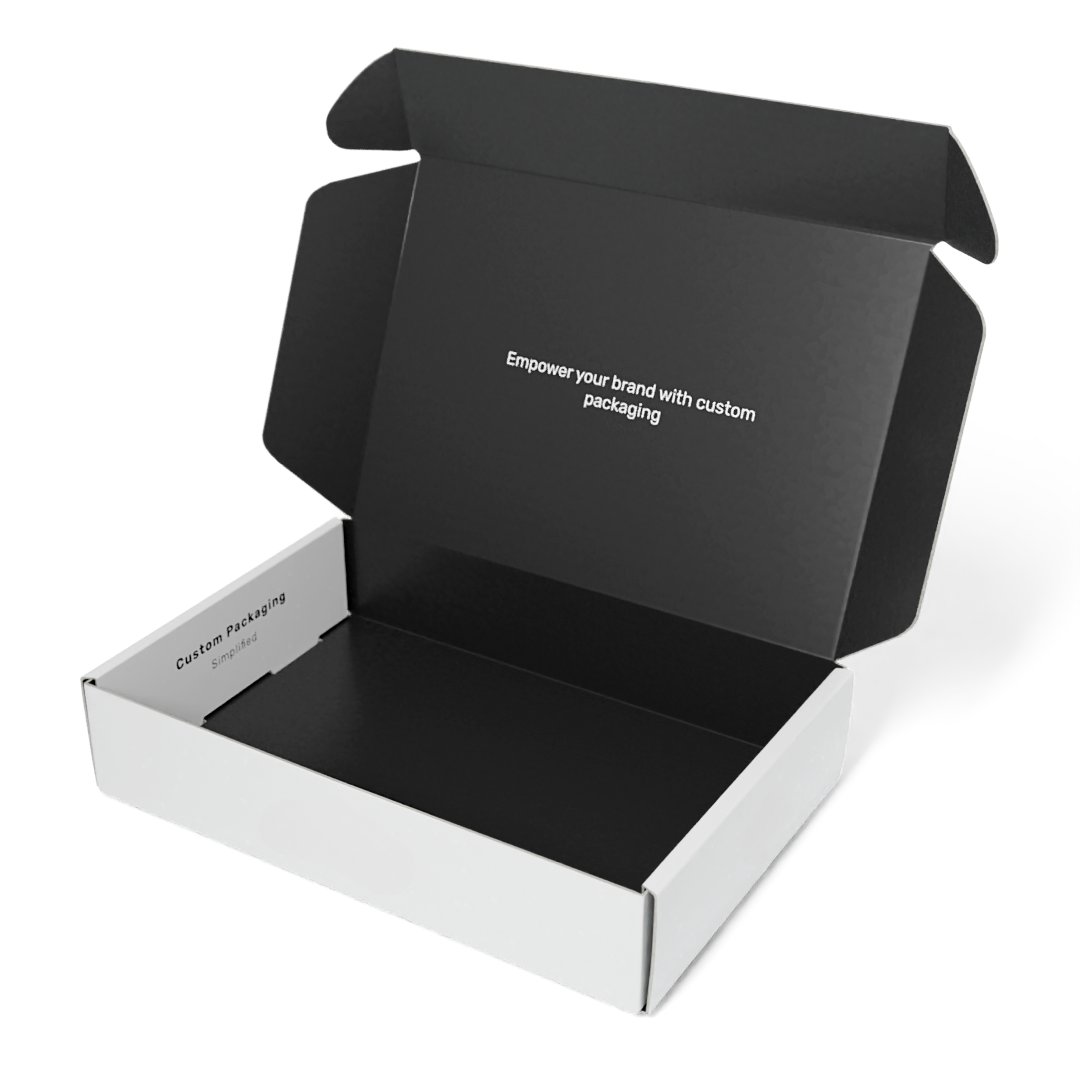
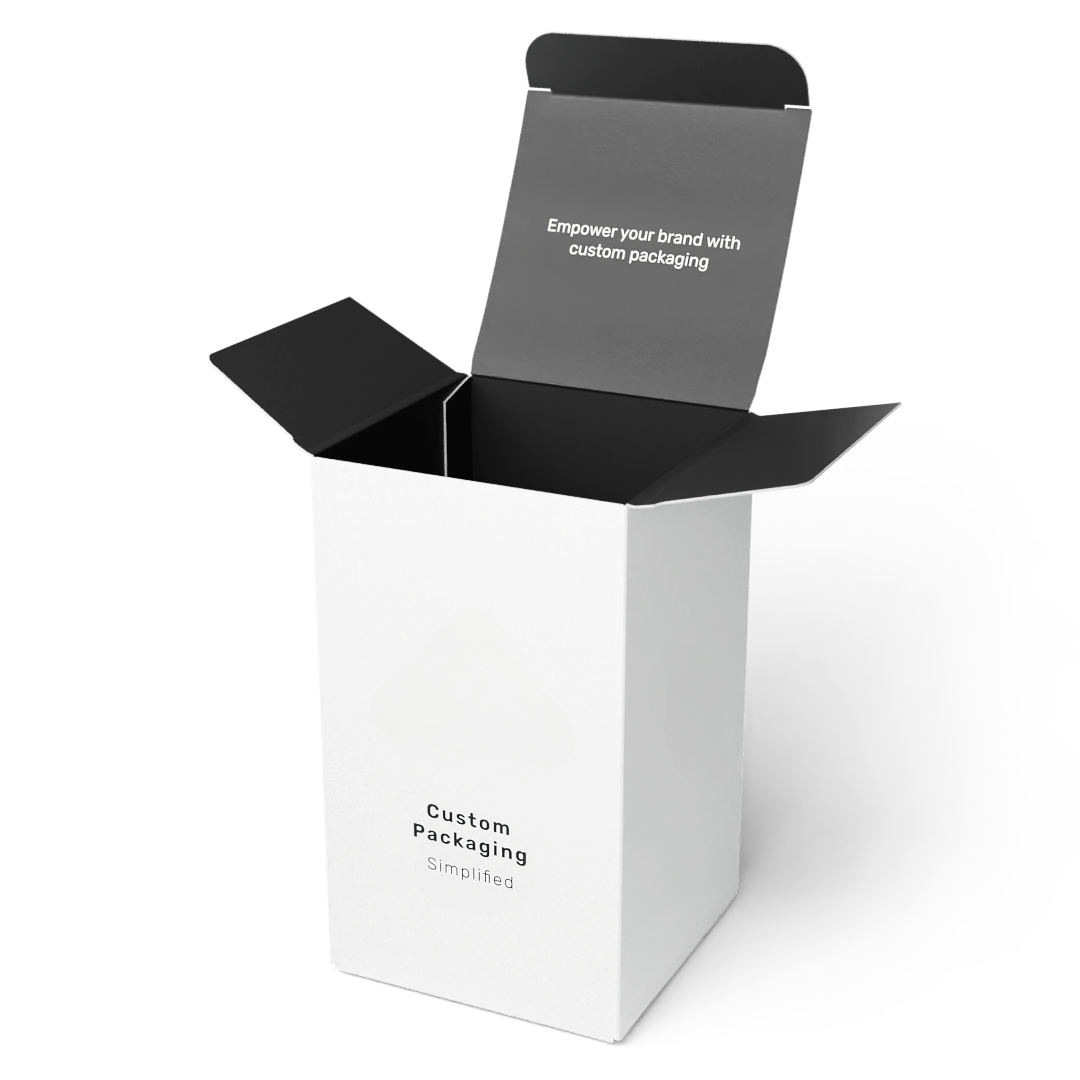
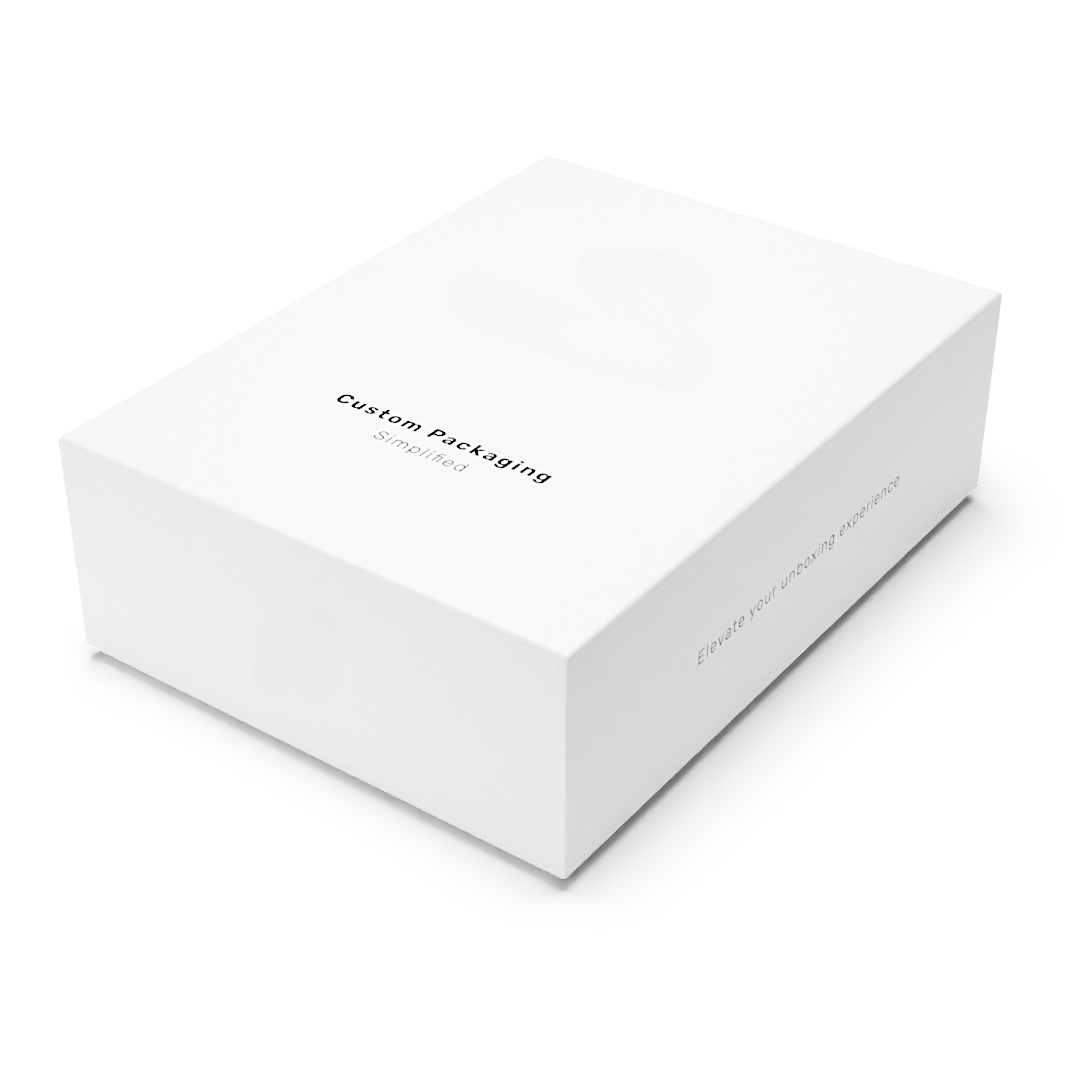
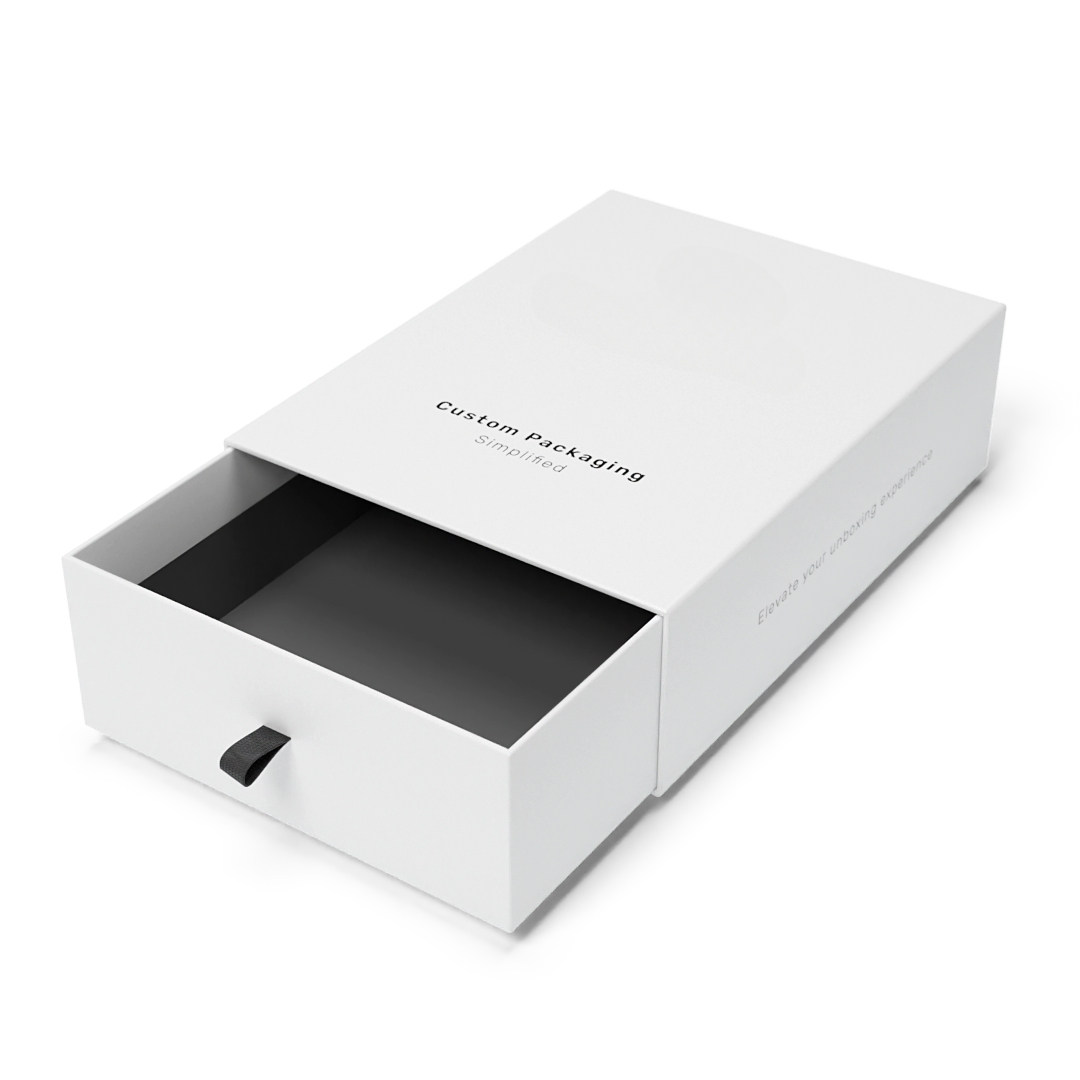
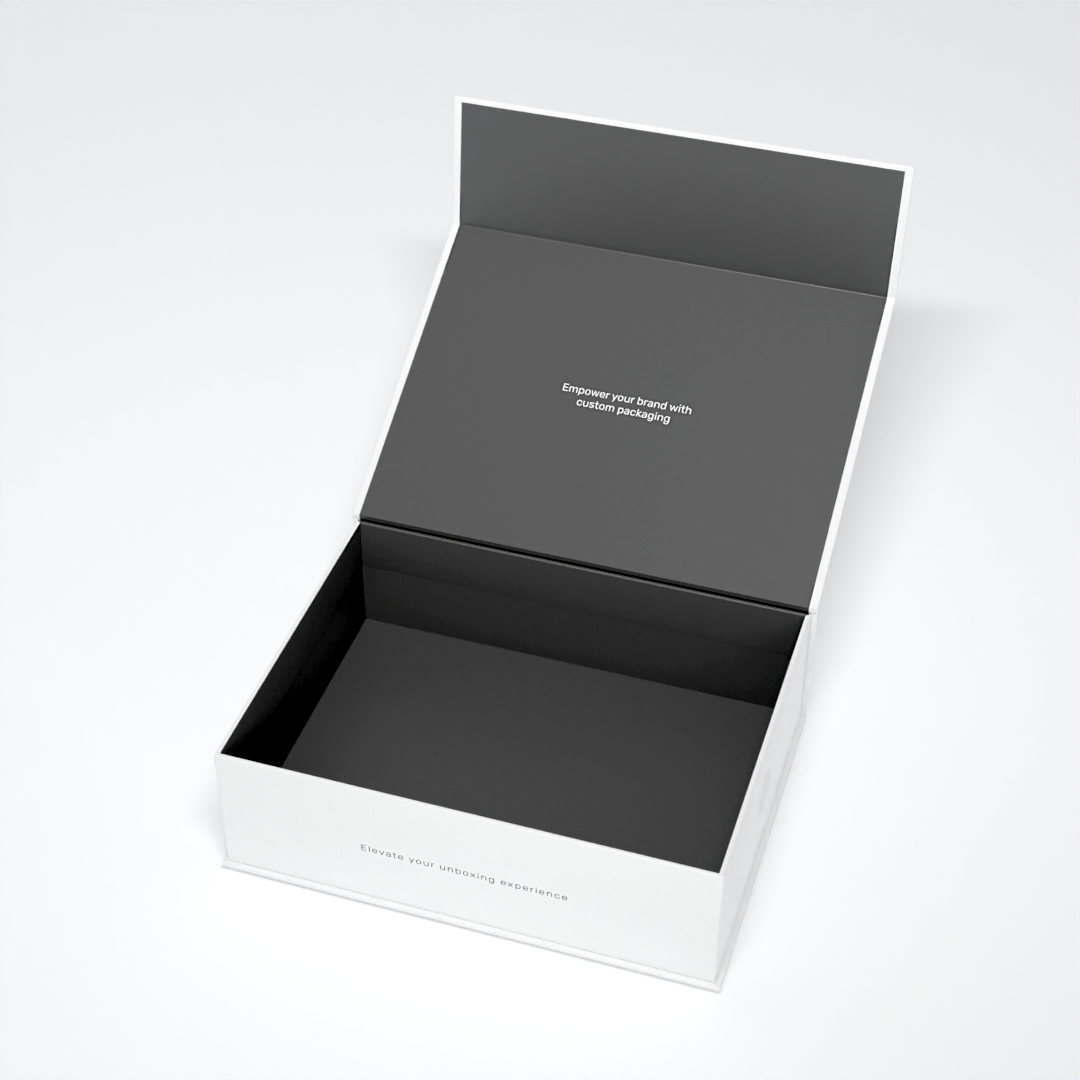
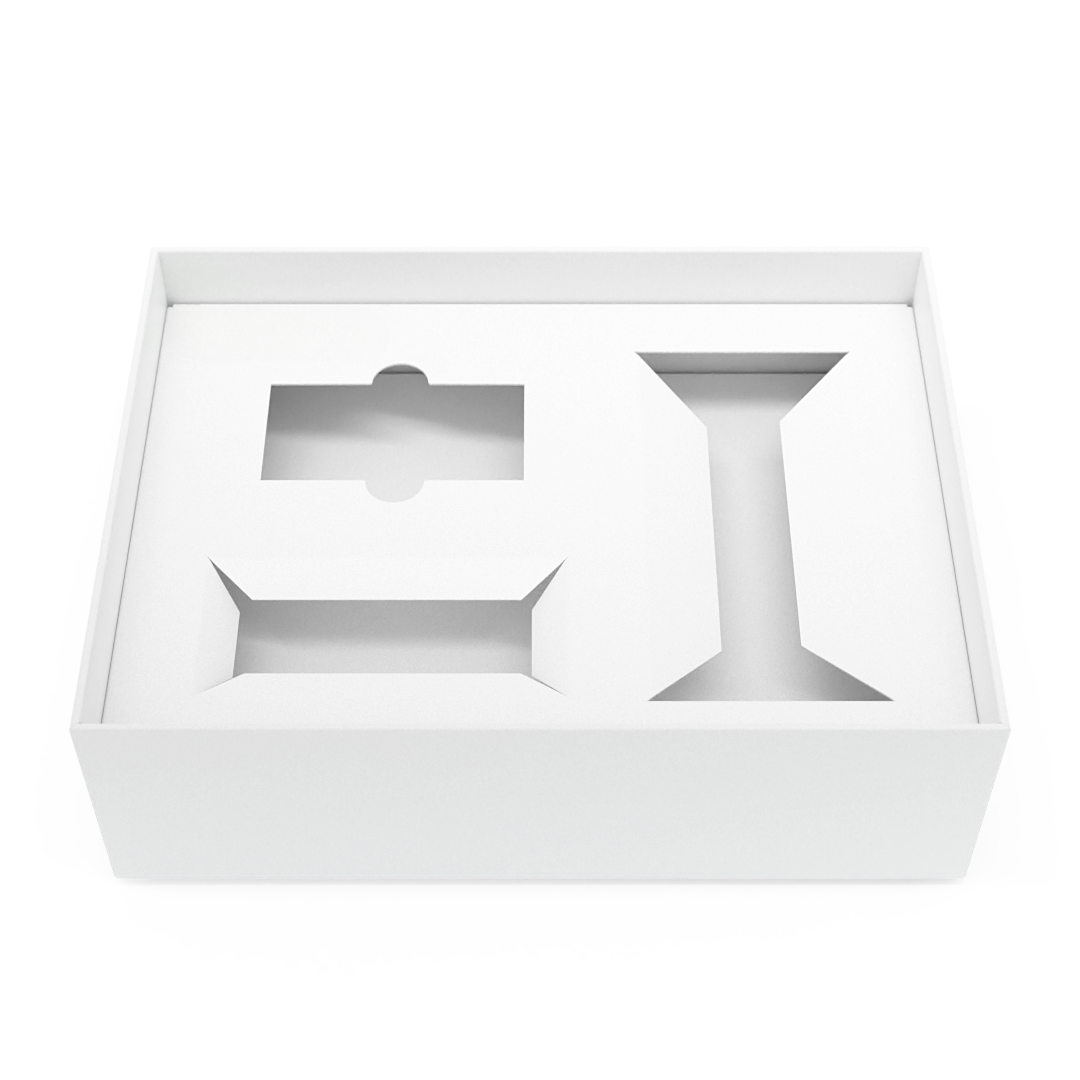

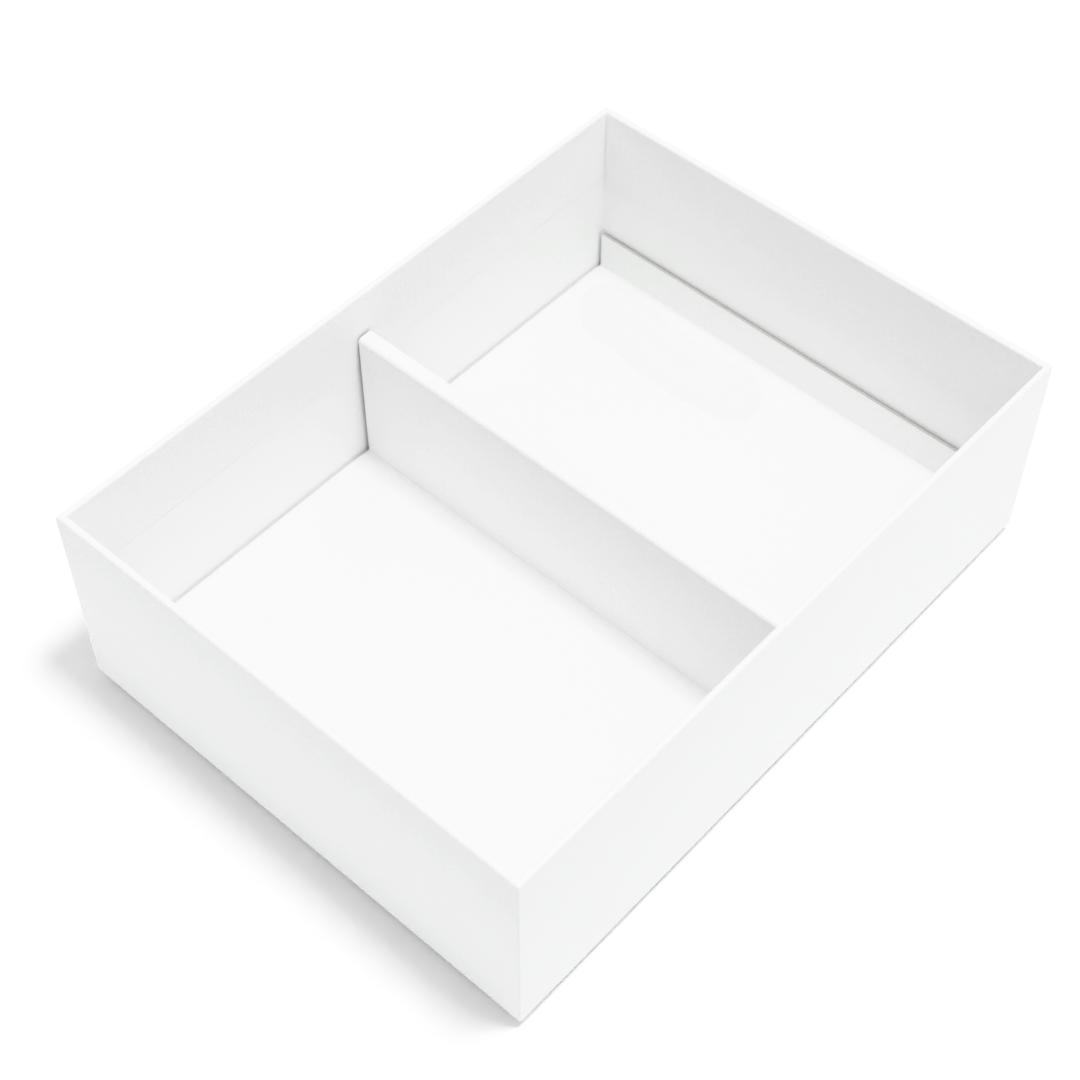
Leave a comment